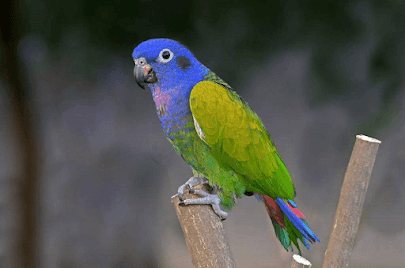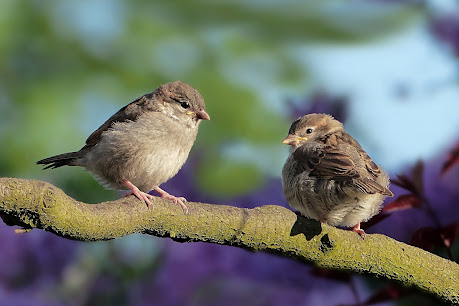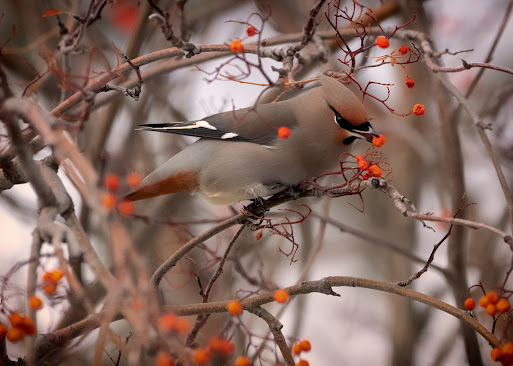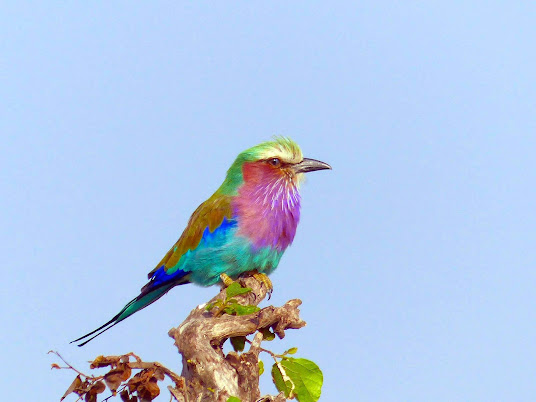Awesome Wood Pecker Facts:
1.They need weird feet
Many birds have three toes facing forward and one toe facing backward, however woodpeckers have a pair of toes facing forwards and a couple of toes facing backward, that are called zygodactyl feet.
This adaptation helps them to climb up trees and hold on once trying to find pleasant-tasting larvae living below the tree bark and that they even have short legs to assist with stability.
These diversification's mean that woodpeckers are one among the simplest birds for mounting up trees however it additionally makes it more durable to alight so that they typically fly.
2.They don’t get concussion even in spite of everything the top banging.
They hit their heads with over 1000g of force on trees however don't get a concussion, compared to a participant obtaining brain trauma from but 100g of force.
Scientists in China discovered that woodpeckers head is specially designed to transfer the strain right down to the body therefore their heads solely take regarding 0.3% of the force.
This touch of strain within the head is reborn into heat and woodpeckers have to be compelled to take breaks to let their brain relax.
3.They eat baby birds brains once thirsty within the desertGila Woodpeckers are recorded offensive baby doves and intake their brains.
This behavior might are as a result of the warmth within the desert wherever they live and also the brains are a supply of fluid yet as food. it should additionally simply be as a result of they were a simple meal as woodpeckers are renowned to eat eggs associated a chick head is kind of like an egg.
4.They don’t wear their beaks out from perpetually peaking at trees
Woodpeckers will peak 8,000 – 12,000 times per day and at forces of over 1000g.
You would assume that woodpeckers’ beaks would break or they'd wear them out.
But thanks to the chisel-like form and since their beaks perpetually grow it means the constant wear and tear is prevented from inflicting a tangle.
5.Their tongues curl around their brains
Woodpeckers have the longest tongues compared to their size of any bird. They use their tongues to rake out holes in trees they need trained, dragging any insects they decide.
It is farewell that they need to twist it around their brains over the highest of their skulls.
Their tongues ar sticky and generally barbed to assist grab hold of prey. they'll launch and retract their tongues at nice speed, sort of a chameleon.
6.Some woodpeckers have a grotesque larder full of keep dead insects
Red-headed Woodpeckers store insects in holes they {create} in trees and might create their own larder of each dead and alive insects.
They defend these sites and will cowl the holes with bits of wood to do to disguise them.
Insects like grasshoppers are keep alive and stuffed within the hole therefore tightly that they can't escape.
7.Feathers cowl their nostrils
If you were pecking at wood all day then all that wood-chip and dirt should very rise your nose!
Not for woodpeckers as they need special feathers that cowl their nostrils to forestall mud and splinters of wood from entering into the means.
8.There are over 236 species of pecker within the world
Although somewhat debated there are 236 species of pecker within the world in step with the International zoological science Union.
Woodpeckers are a part of the Patricide family and there are thirty six genera of woodpeckers within the family.
Woodpeckers live round the world, aside from Australia, New island, New Guinea, and Madagascar.
9.Their tails have distinctive terribly sturdy feathers
Woodpeckers use their tails for support once they are pecking on trees and hollowing out nests.
Woodpeckers have particularly massive tail bones, lower vertebrae, and muscles to support their tails, compared to alternative birds.
The tails of woodpeckers are particularly stiff that permits them to use these as further support and balance.

.jpg)












































